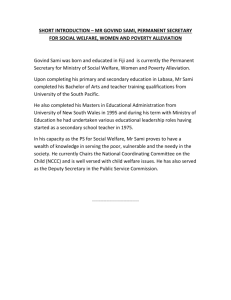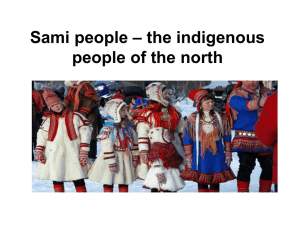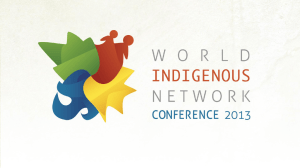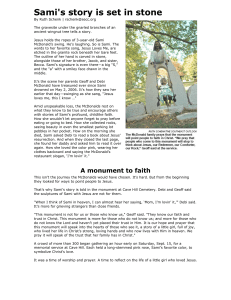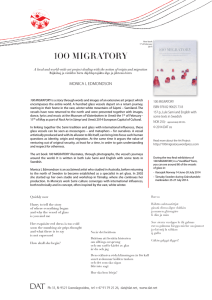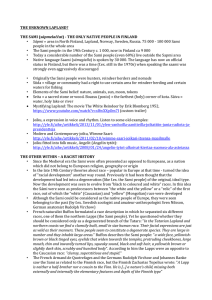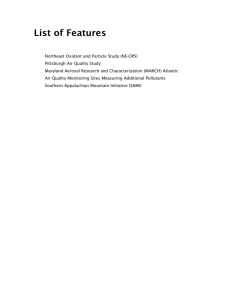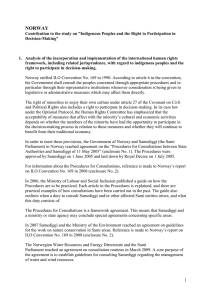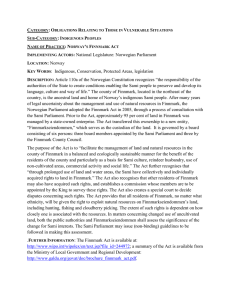Bulletin - Geography in the News
advertisement
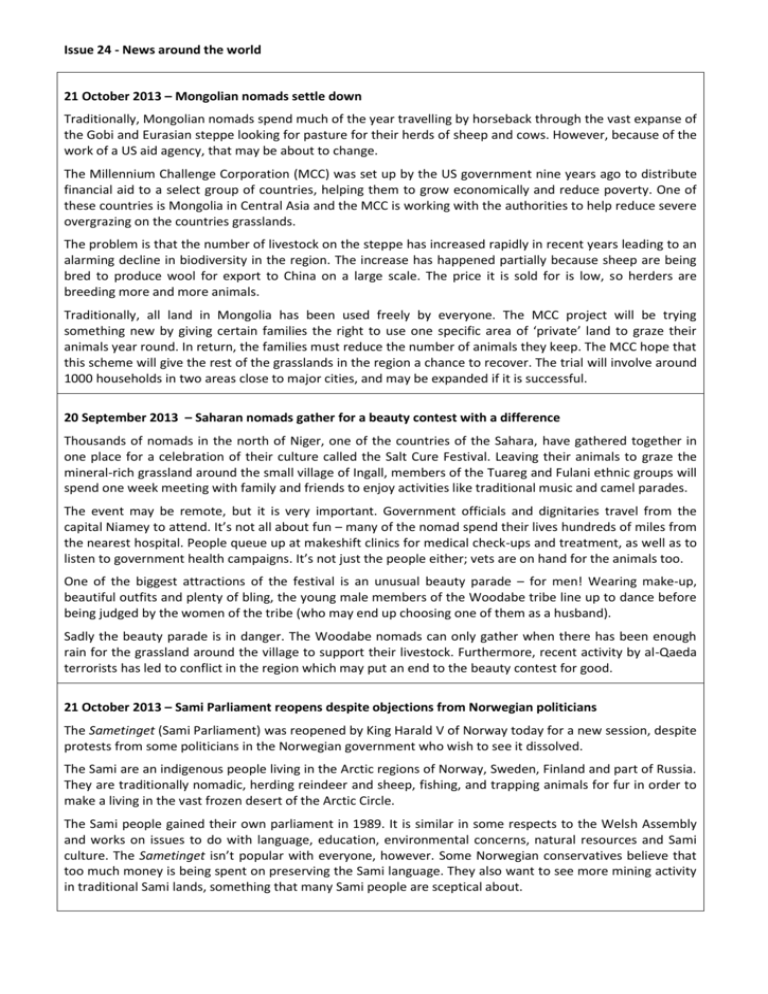
Issue 24 - News around the world 21 October 2013 – Mongolian nomads settle down Traditionally, Mongolian nomads spend much of the year travelling by horseback through the vast expanse of the Gobi and Eurasian steppe looking for pasture for their herds of sheep and cows. However, because of the work of a US aid agency, that may be about to change. The Millennium Challenge Corporation (MCC) was set up by the US government nine years ago to distribute financial aid to a select group of countries, helping them to grow economically and reduce poverty. One of these countries is Mongolia in Central Asia and the MCC is working with the authorities to help reduce severe overgrazing on the countries grasslands. The problem is that the number of livestock on the steppe has increased rapidly in recent years leading to an alarming decline in biodiversity in the region. The increase has happened partially because sheep are being bred to produce wool for export to China on a large scale. The price it is sold for is low, so herders are breeding more and more animals. Traditionally, all land in Mongolia has been used freely by everyone. The MCC project will be trying something new by giving certain families the right to use one specific area of ‘private’ land to graze their animals year round. In return, the families must reduce the number of animals they keep. The MCC hope that this scheme will give the rest of the grasslands in the region a chance to recover. The trial will involve around 1000 households in two areas close to major cities, and may be expanded if it is successful. 20 September 2013 – Saharan nomads gather for a beauty contest with a difference Thousands of nomads in the north of Niger, one of the countries of the Sahara, have gathered together in one place for a celebration of their culture called the Salt Cure Festival. Leaving their animals to graze the mineral-rich grassland around the small village of Ingall, members of the Tuareg and Fulani ethnic groups will spend one week meeting with family and friends to enjoy activities like traditional music and camel parades. The event may be remote, but it is very important. Government officials and dignitaries travel from the capital Niamey to attend. It’s not all about fun – many of the nomad spend their lives hundreds of miles from the nearest hospital. People queue up at makeshift clinics for medical check-ups and treatment, as well as to listen to government health campaigns. It’s not just the people either; vets are on hand for the animals too. One of the biggest attractions of the festival is an unusual beauty parade – for men! Wearing make-up, beautiful outfits and plenty of bling, the young male members of the Woodabe tribe line up to dance before being judged by the women of the tribe (who may end up choosing one of them as a husband). Sadly the beauty parade is in danger. The Woodabe nomads can only gather when there has been enough rain for the grassland around the village to support their livestock. Furthermore, recent activity by al-Qaeda terrorists has led to conflict in the region which may put an end to the beauty contest for good. 21 October 2013 – Sami Parliament reopens despite objections from Norwegian politicians The Sametinget (Sami Parliament) was reopened by King Harald V of Norway today for a new session, despite protests from some politicians in the Norwegian government who wish to see it dissolved. The Sami are an indigenous people living in the Arctic regions of Norway, Sweden, Finland and part of Russia. They are traditionally nomadic, herding reindeer and sheep, fishing, and trapping animals for fur in order to make a living in the vast frozen desert of the Arctic Circle. The Sami people gained their own parliament in 1989. It is similar in some respects to the Welsh Assembly and works on issues to do with language, education, environmental concerns, natural resources and Sami culture. The Sametinget isn’t popular with everyone, however. Some Norwegian conservatives believe that too much money is being spent on preserving the Sami language. They also want to see more mining activity in traditional Sami lands, something that many Sami people are sceptical about.
